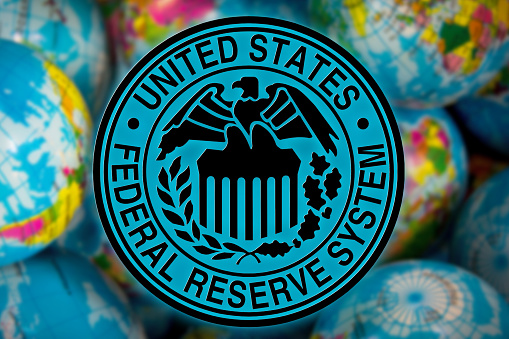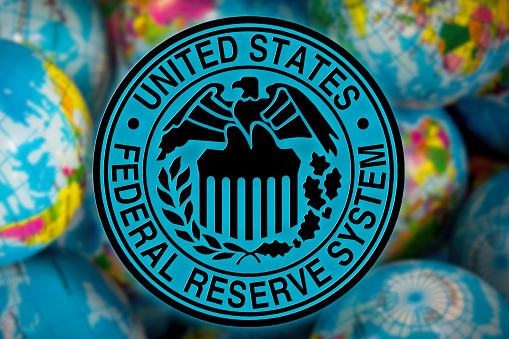
Markets
Tensions on US money markets, which started building from last Friday, escalated yesterday. US repo rates spike up to 10%, forcing the NY Fed to make up to $75bn available (eventually $53bn injected) through a repo auction in which it accepts US Treasuries and other securities as collateral in exchange for cash. It was the first such intervention by the NY Fed since 2008. Repo rates initially fell, but started rising again towards the end of trading. The NY Fed smoothed tensions again by announcing a similar operation for today. Several factors explain the sudden mismatch between available funding and the funding need. On a structural level, bank’s reserves above legally required amount have been in decline since the Fed ended its QE-programme in 2014. Simultaneously, primary dealers’ holdings of US Treasuries have been rising significantly since US President Trump’s huge fiscal boost which led to an accelerated supply of Treasuries. Available cash to fund these positions was very scarce early this week as plenty (cash) left the system for corporate tax payments and to settle last week Treasury purchases (mid-month refinancing operation). The unrest on repo markets also caused a spike in the effective Fed Funds rate (EFFR), the rate financial institutions charge each other, to 2.25%. That’s the upper bound of the 2%-2.25% policy target range from the Fed. It’s the Fed’s aim to keep EFFR near the middle of that band and is additionally at odds with its recent shift to an easing bias. Longer term, this panic situation might leave the Fed to either plumb the money market on a regular basis or grow its balance sheet again through… Treasury purchases!
The tensions on money markets were only reflected on the FX market, where the dollar ceded ground after the NY Fed announced to inject USD liquidity in the market. EUR/USD erased last Friday’s downleg and currently changes hands around 1.1066. US Treasuries outperformed German Bunds, but that’s probably more related to tonight’s FOMC meeting. The US yield curve bull flattened with yields down 3.4 bps (2-yr) to 5 bps (30-yr). Changes on the German yield curve varied between +1.2 bps (2-yr) and -0.4 bps (30-yr). 10-yr yield spread changes vs Germany widened by up to 3 bps with Italy (+7 bps) underperforming after former PM Renzi announced the launch of a new political party (split from current ruling Democratic Party). Greece (-5 bps) outperforms after the government suggested early IMF repayments. Stress on the oil market eased as Saudi Arabia suggested a return to 70% of its production capability. Brent crude prices dropped from $69/barrel to $64.5/barrel.
Today’s eco calendar contains a German 30-yr Bund auction, but of course the FOMC meeting. We expect another 25 bps rate cut with the new dot plot pointing to one additional easing step in Q4. That should mark the end to the Fed’s “mid-cycle” adjustments. Such scenario is a negative for US Treasuries and should support the dollar. Next resistance for the US 10-yr yield kicks in at 1.94% Fresh growth forecasts by the FOMC will probably be subject to downward revisions. The tensions on money markets and the Fed’s response will draw more than average attention. Fed Chair Powell will probably try to dodge the QE bullets (see above), but the problem might return to the surface in coming weeks/months. If markets start contemplating the possibility of a new QE-programme, it would of course halt the US Treasury’s downleg.
News Headlines
The Dutch government announced €3bn in tax cuts for households and outlined plans for an investment fund, which is rumoured to be around €50bn. It’s a markable shift in one of the more fiscally prudent countries in EMU which strongly advocated fiscal austerity in the wake of the sovereign debt crisis.


 Signal2forex.com - Best Forex robots and signals
Signal2forex.com - Best Forex robots and signals




